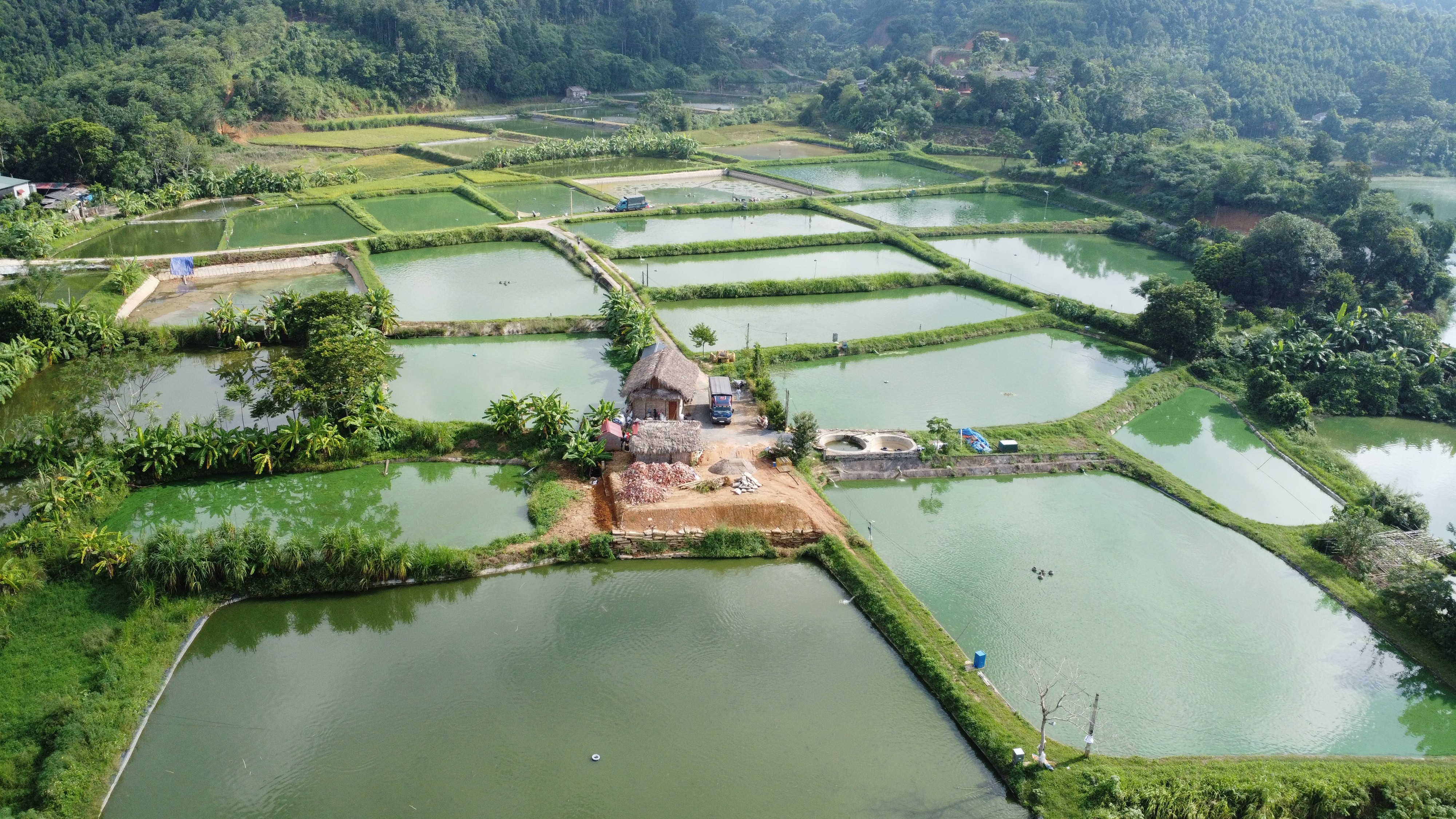
Phong Hai Aquaculture Cooperative (Phong Hai commune, Lao Cai province) has over 20 hectares of water surface with 17 members participating in aquaculture, with an output of about 100 tons/year.
Faced with unusual weather conditions, climate change and potential natural disasters, members of the cooperative met to discuss and proactively propose many response solutions.
Following the instructions of aquaculture experts and relying on many years of experience in fish farming, farmers regularly dredge the flow, reinforce the drainage system in the pond, concretize the pond bank and embankment system, and ensure aeration to provide enough oxygen for the fish whenever the weather changes abnormally.
Mr. Nguyen Van Hop - Director of Phong Hai Fisheries Cooperative said: Previously, due to lack of experience, climate change and natural disasters occurred, many cooperative members suffered heavy losses. After that, we learned and shared good experiences in responding to climate change, proactively preventing natural disasters, and as a result, the losses were significantly reduced. Currently, the cooperative's products are not only supplied to the domestic market but also exported to Bac Giang , Hai Phong, Tuyen Quang, Lai Chau, Son La and looking for export opportunities.
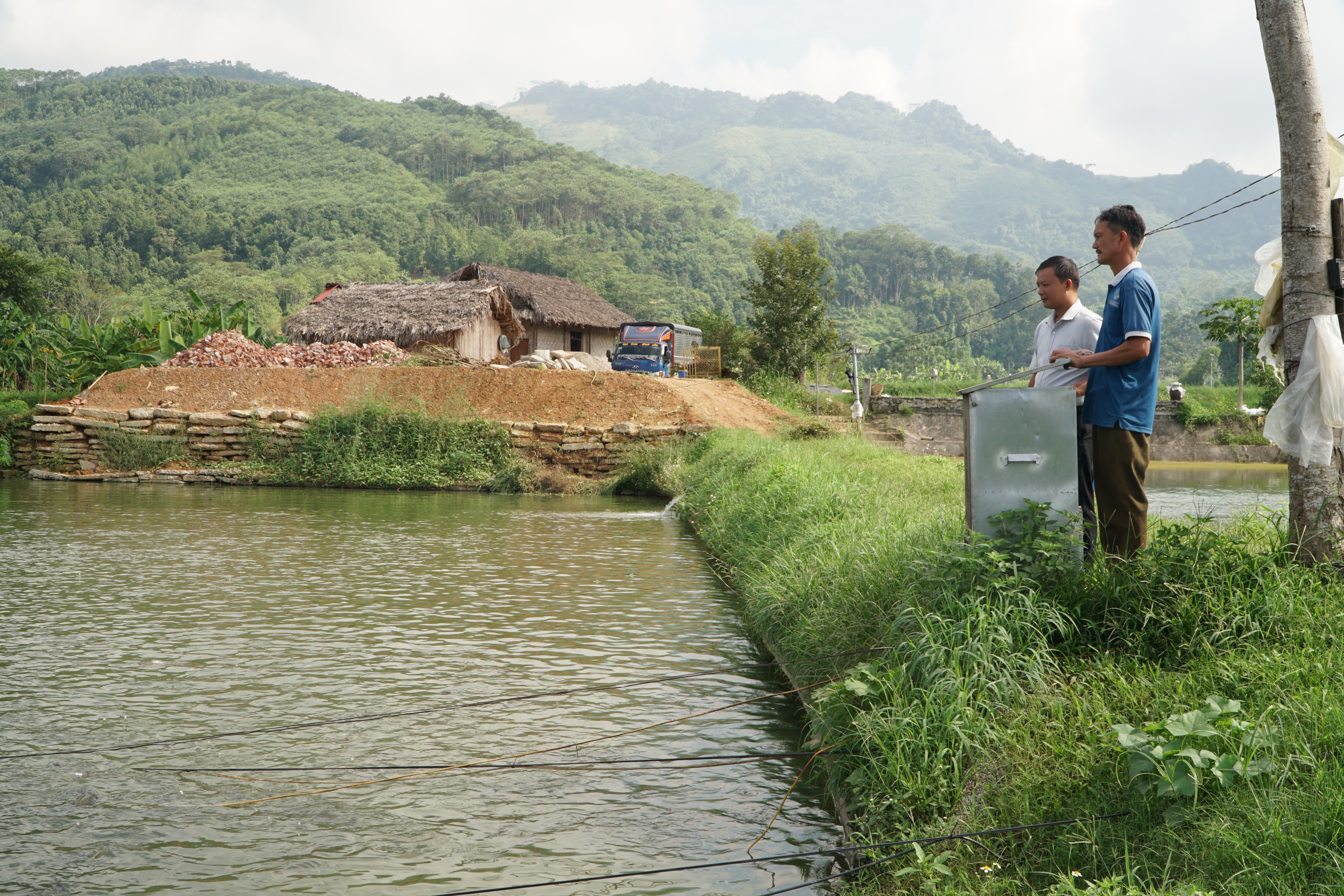
Also in Phong Hai commune, with 30 years of experience in fish farming, Mr. Ban Van Chi, Khoi Khe village has accumulated many lessons to limit risks and avoid damage. In addition to strengthening the pond banks to prevent landslides during the rainy season, Mr. Chi disinfects the pond once a month, and after each harvest, he cleans, disinfects, and renovates the pond.
Recently, Mr. Chi has also applied high technology in pond management via phone app, helping to receive early warnings about the environment and oxygen concentration in the pond for timely handling. Currently, each year, Mr. Ban Van Chi's family supplies the market with about 2 tons of fish.
Similarly, in Hop Thanh commune, many households have also proactively invested in technology to cope with unusual weather developments. Mr. Nguyen Van Nam, Da Dinh 1 village, regularly checks the entire area of his family's pond. Currently, his family owns over 1 hectare of water surface, all of which are embanked with a smart drainage system, automatic fish feeders and high technology in fish care. This initiative has helped his family minimize damage caused by climate change as well as natural disaster risks.
Mr. Nguyen Van Nam shared: In addition to the above solutions, my family always focuses on cleaning the pond, choosing healthy fish breeds that are well adapted to local weather and climate conditions to limit damage caused by climate change and natural disasters. I am also aiming to proactively source aquatic breeds to both increase income and avoid risks.
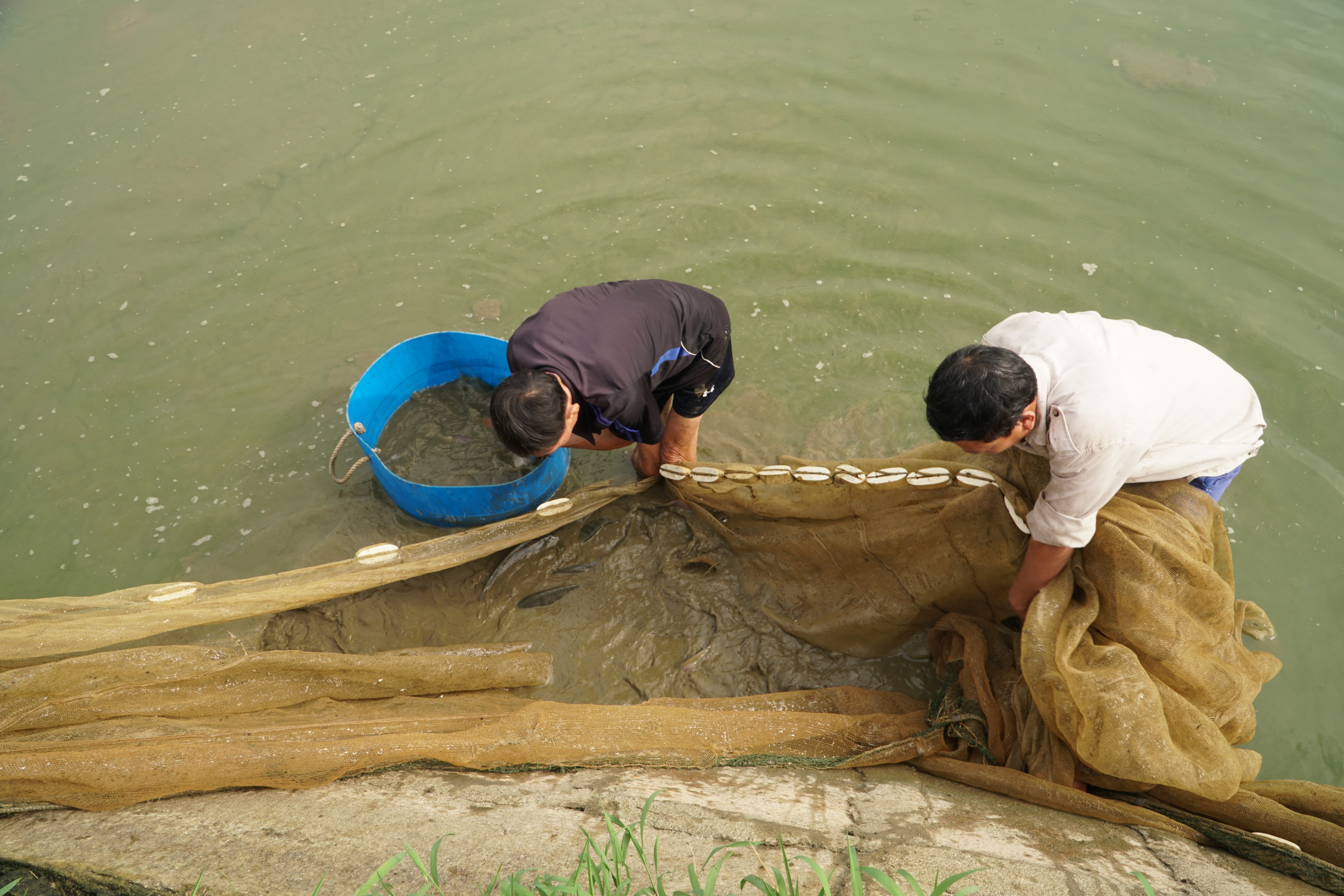
Proactive solutions to respond to climate change and prevent natural disasters by fish farming households in Phong Hai and Hop Thanh communes and other localities have contributed to improving the productivity and quality of aquatic products in the whole province, with output in the first 9 months of 2025 reaching 20,580 tons.
However, in the face of complicated weather developments, the industry recommends that aquaculture farmers focus on implementing management measures such as improving biosecurity, reviewing fish stocking density, ensuring good pond locations; conducting risk analysis related to climate change and extreme weather events; diversifying products to maintain production during "bad seasons"; applying early warning systems; improving pond systems; strengthening cooperation, linkages, and sharing of experiences among aquaculture households.
The increasingly harsh climate and the occurrence of natural disasters with great intensity require aquaculture farmers to equip themselves with knowledge and coping skills, while also requiring the professional sector to continue to accompany, support, and replicate effective models, helping aquaculture farmers minimize risks from climate change as well as natural disasters.
Source: https://baolaocai.vn/nguoi-nuoi-thuy-san-thich-ung-voi-bien-doi-khi-hau-post884682.html



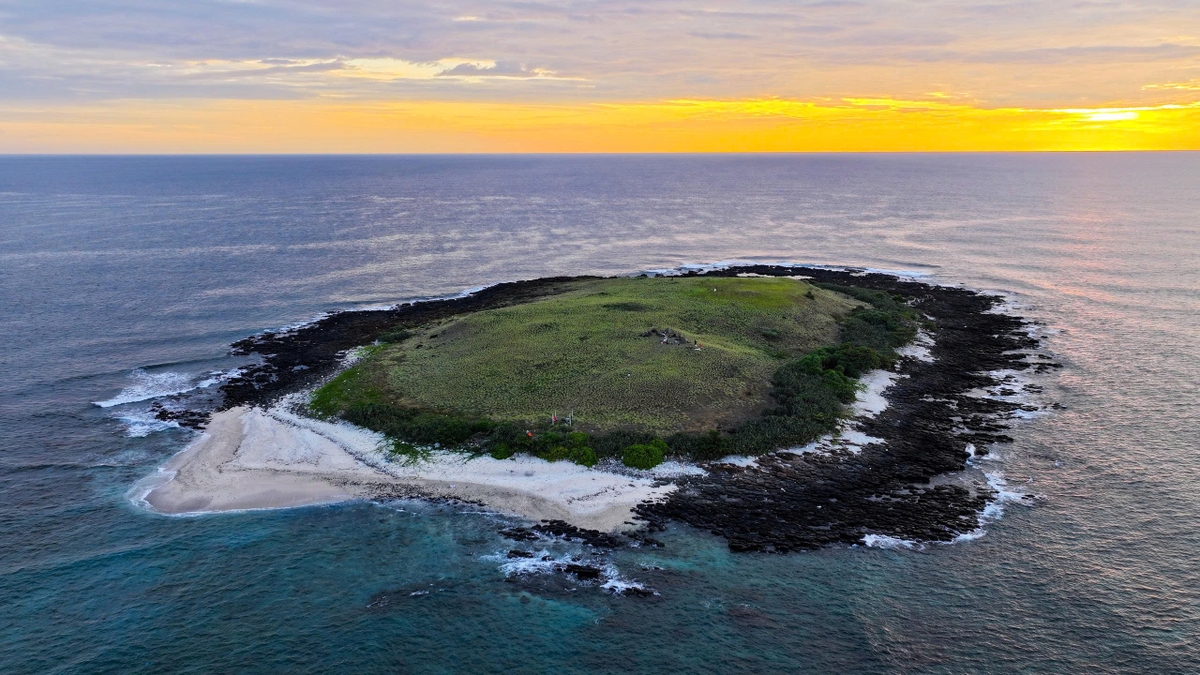
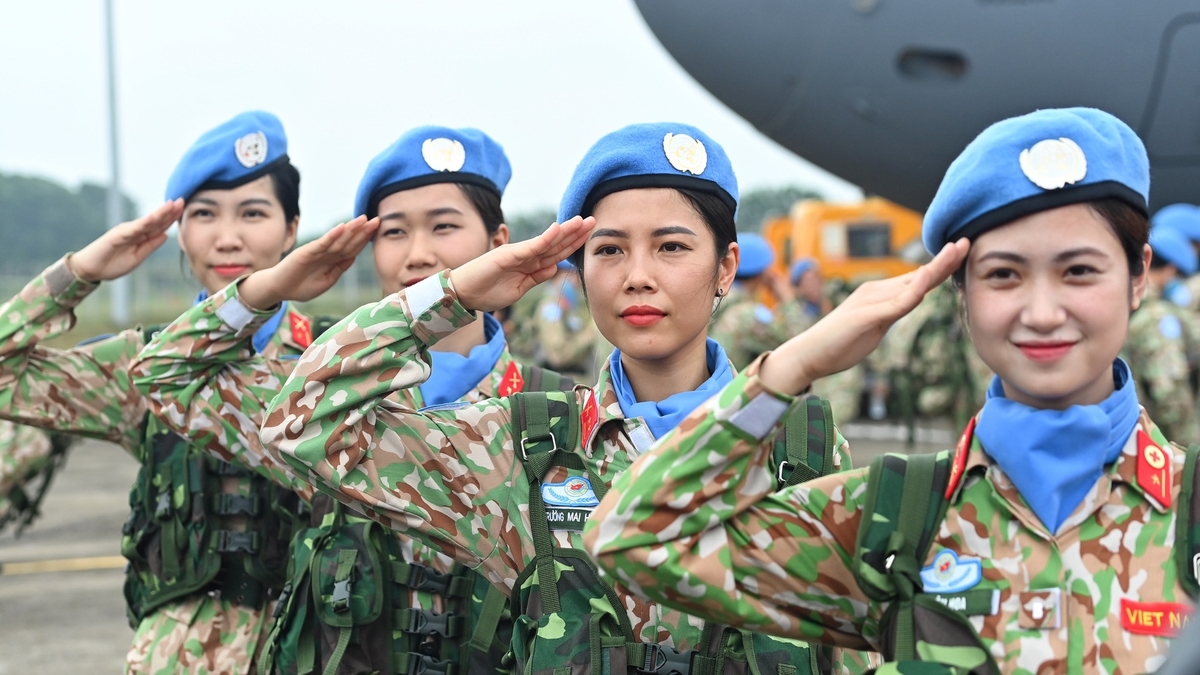

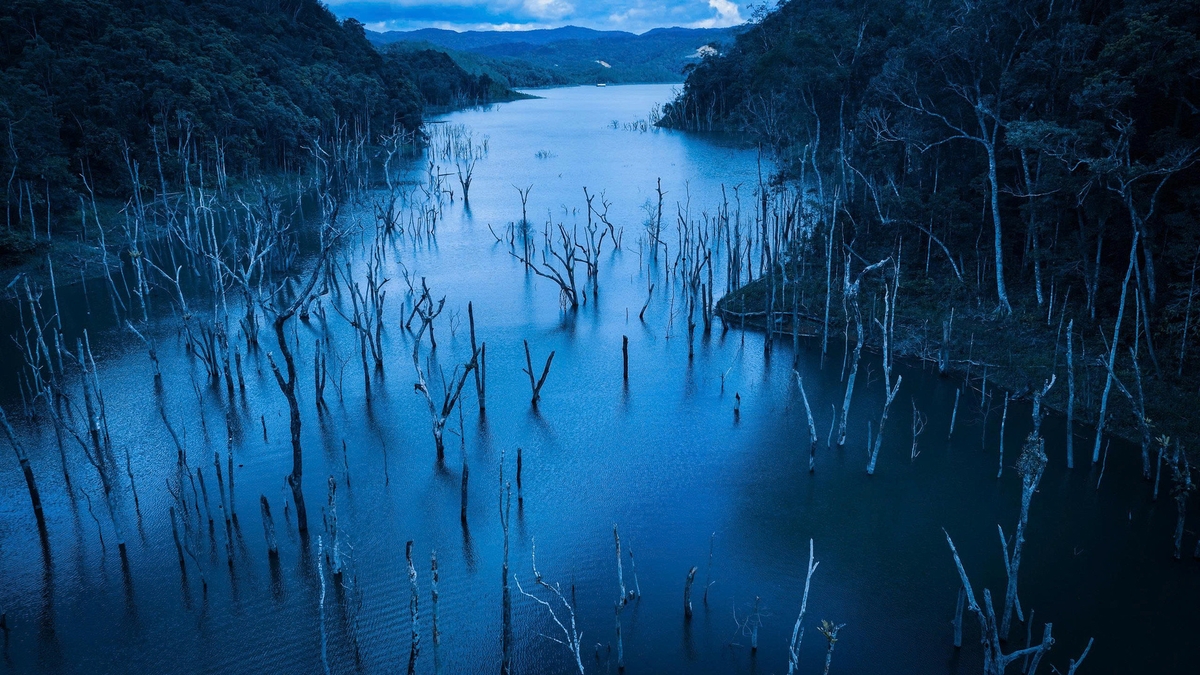

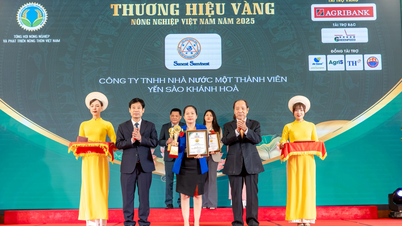

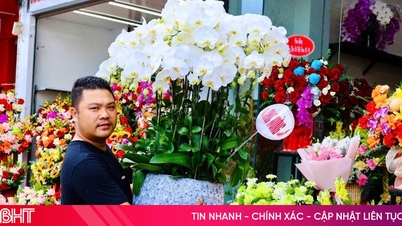

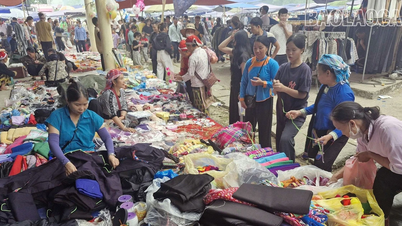
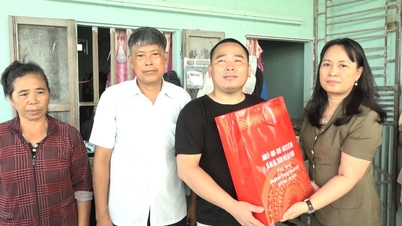



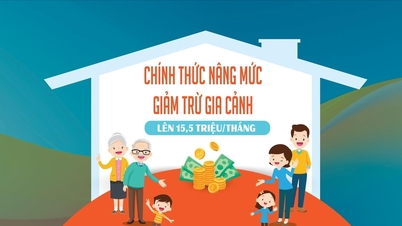






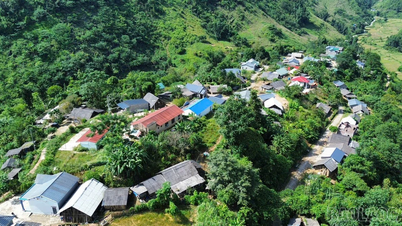
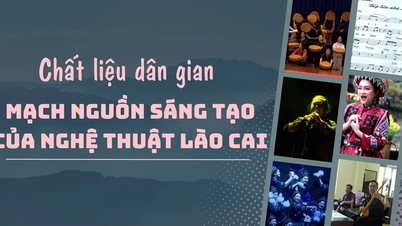
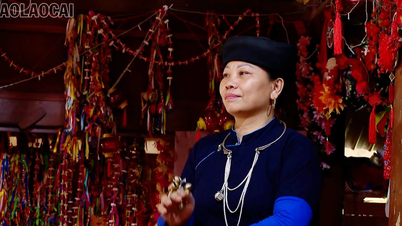
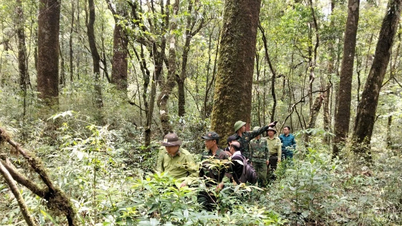
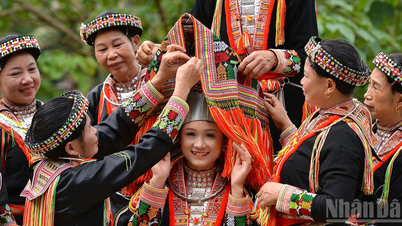
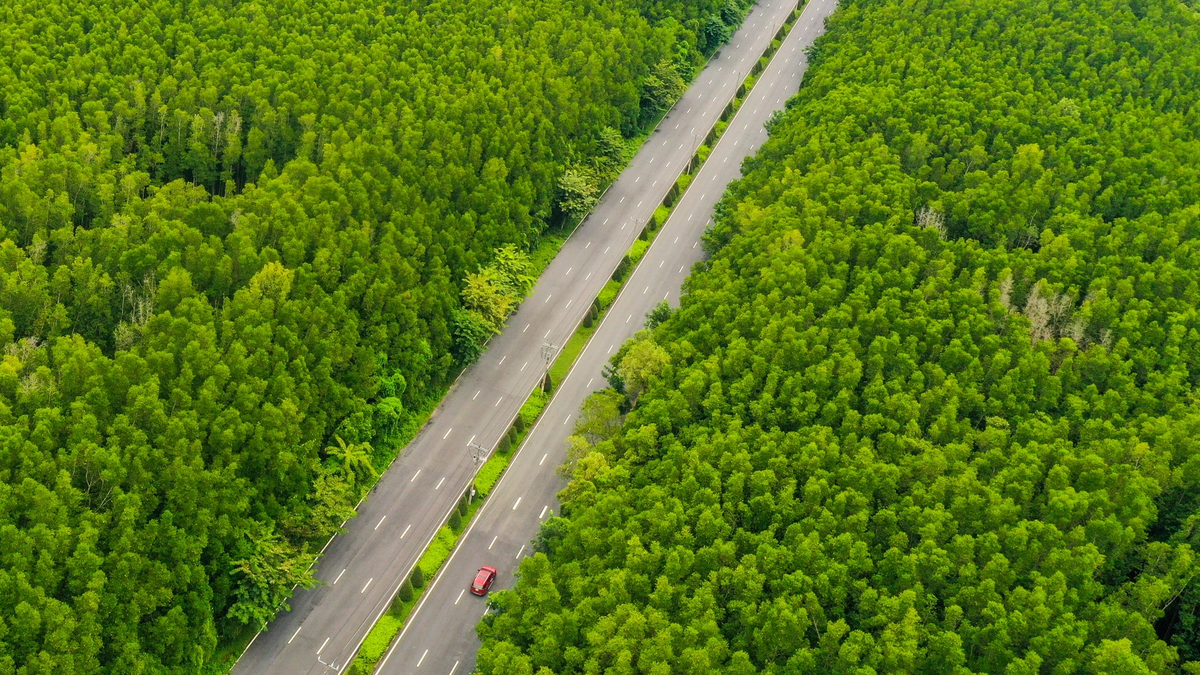
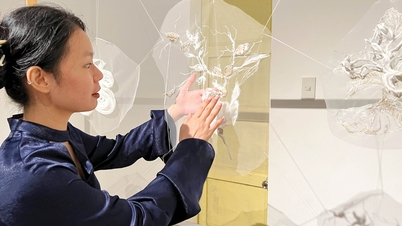

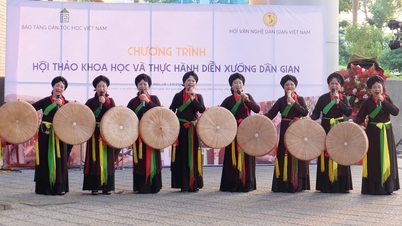



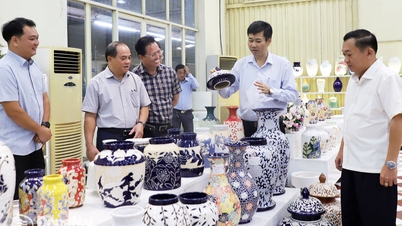







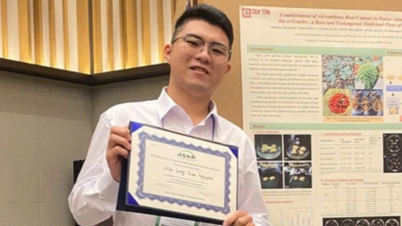

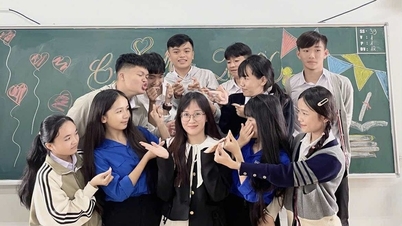

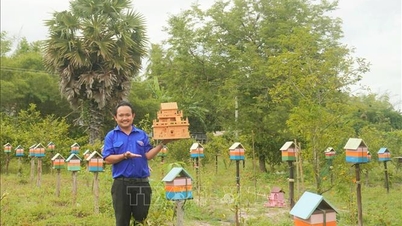




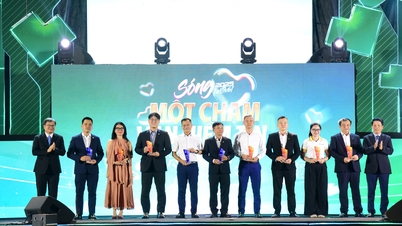













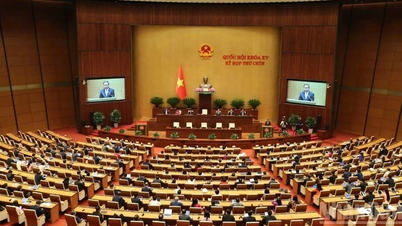

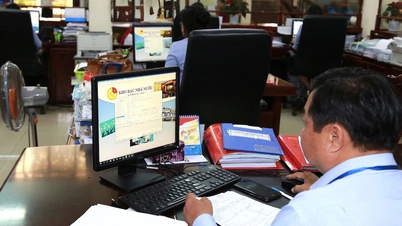
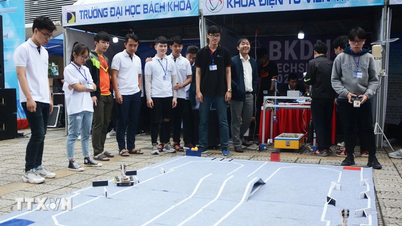

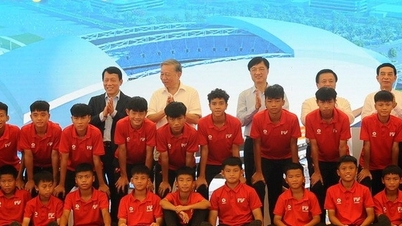
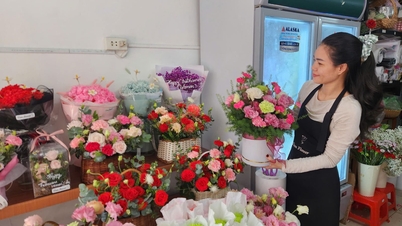



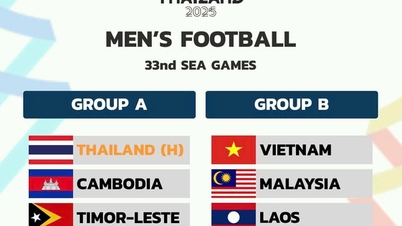

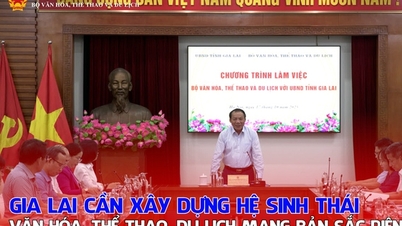
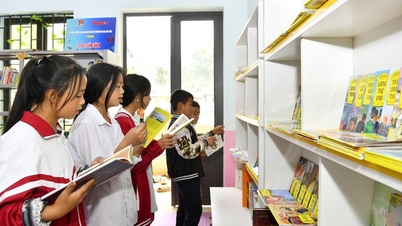




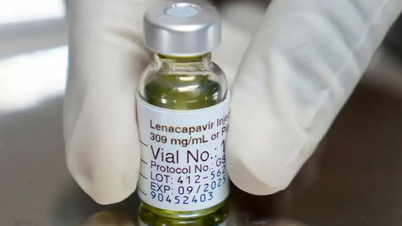
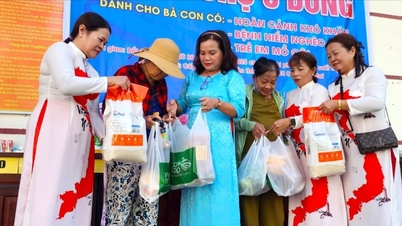
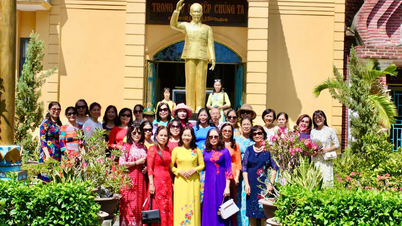













Comment (0)